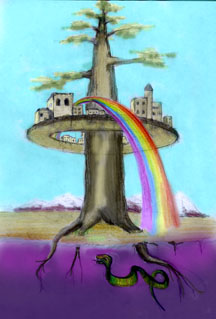The drawing above is a representation of the Norse conception of the universe as an enormous tree around which is the Earth. At the root of the tree are the world of the Dead, that of the gods, and that of the giants.
Bifrost
Bifrost, the rainbow, was the bridge leading from the Earth, called
Midgard, to Asgard, the home of the gods. Only
the gods could cross this bridge. Mortals and giants were prevented from reaching Asgard by the god Heimdall.
In Norse mythology, the world was represented as a gigantic tree, possibly an ash, whose roots stretched in three parts reaching three different worlds. The first was the land of the giants, Jotunnheim, the second was Godheim (heaven), the site of the city of Asgard (where the gods lived). The lowest world was Niflheim, the underworld
where the dragon Nidhoggr gnawed corpses at the root of the tree.
The Earth, named Midgard, was around the tree in an upper level. Bifrost has been also
associated by some scholars with the Milky Way.
It was believed that during a great battle, called Ragnarok, all the gods and living things perished. Lead by Loki, the monsters fought the gods for control. Bifrost was shattered by the weight of the monsters. Eventually, everything was destroyed by a great flood. However, the Earth rose from the waters, and life began once again.
You might also be interested in:
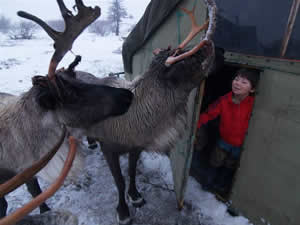
There are people of different cultures and backgrounds who live in the Arctic region. Read on to learn more about two of these cultures. Inuit The Inuit are the native cultures that continue to live on
...more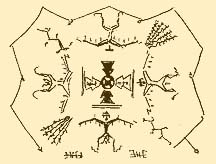
Ahsonnutli was the sky father and chief deity of the Navajo Indians. He created heaven, Earth, and the sky. Each of the four cardinal directions was supported by a giant. Each direction was also associated
...more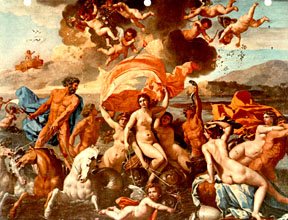
Amphitrite was one of the fifty Nereids, the attendants of the sea-god Poseidon. Poseidon (Neptune) had fallen in love with Amphitrite after seeing her dancing on the island of Naxos. Amphitrite rejected
...more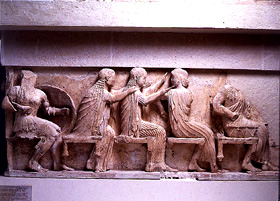
Aphrodite was the Greek goddess of love and beauty. She was known to the Romans as Venus. There were actually two different Aphrodites, one was the daughter of Uranus, the other the daughter of Zeus and
...more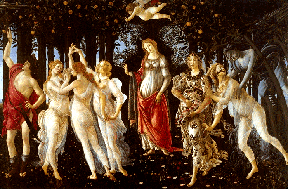
In Greek mythology, Apollo was the son of Jupiter(in Greek Zeus) and Leto (Letona). He was the god of the Sun, logic, and reason, and was also a fine musician and healer. Leto travelled all over Greece
...more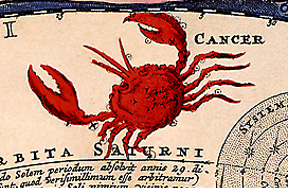
According to an ancient Greek legend, the figure of a gigantic crab was placed in the nighttime sky by the goddess Hera to form the constellation Cancer. Hera was the jealous wife of the sky god, Zeus.
...more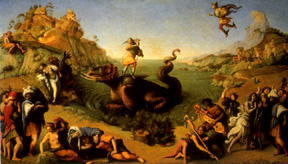
In the Northern Hemisphere sky is the constellation Cepheus, king of Ethiopia, and that of his wife Cassiopeia. Cassiopeia claimed that she and her daughter Andromeda were more beautiful than the sea nymphs,
...more
